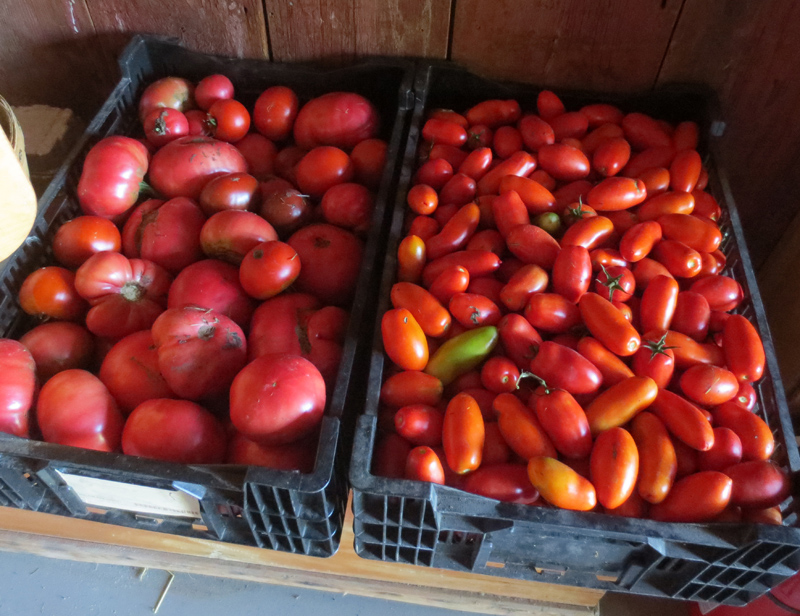Extra Bounty? I have the Answer
As we enter the mid life of this years’ garden you are anxious to pick your first tomato. Right? And why not: I know that I was!
And so the journey begins. Harvest season is upon us.
Soon I will be bringing tomatoes in from our garden by the quart, then the bucket and finally the bushel. At which point my wife will throw her hands up in the air, take a deep breath and scream: “enough! Enough – I can’t use any more…….. tomatoes!”
What to do with extras….
The perennial question of course is, “what do I do with all of the vegetables (and fruit) that we produce each summer that we cannot eat or prepare in jars or freeze for ourselves?”
Many Canadians have the same problem each summer. And I have the answer: give it away to people who want it, can use it and will benefit measurably from its’ consumption.
A Great Canadian Success!
In 1988 a couple in Winnipeg by the name of O’Donovans found themselves long on fresh produce from their backyard vegetable garden. They looked at each other and said, “why not” and took the extra lot to the local food bank on the off chance that they would pass them on to people in need.
The plan worked – many clients of their local food bank embraced the fresh produce with enthusiasm. The O’Donavans returned with more – fresh tomatoes, potatoes and zucchinis. Days later the two of them had the same idea: if giving fresh produce to the local food bank provides a worthwhile service in the community, then why not spread the word and get our neighbours to donate their excess produce too?
And so it began.
More than 2 decades later the whole continent is jumping on the bandwagon. The ‘program’ is now called Plant a Row Grow a Row for the hungry. The Garden Writers Association, of which there are over 600 members (I am one) receive regular e-bulletins from the organization asking us to remind our readers/listeners/viewers to please remember that the food banks ALL love to receive fresh garden produce. Go to www.growarow.org for all of the details. The premise behind this campaign is to encourage gardens to grow a few extra vegetables and donate them to the local soup kitchens and food banks.
Check with your local food bank to ensure they are interested in participating in this program. Once you have found a willing recipient you can begin harvesting the food and delivering it to your local food bank. They will take care of the rest. Clients of food banks generally have a diet that lacks in fresh produce. Processed foods, often high in salt and fat, are easier to store and less expensive and, therefore, accessible. Fresh produce not so much.
I urge you to do this. And take a moment to reflect on the fact that it was a Canadian couple who started the whole thing…. Understated and modest.
Another great Canadian gardening success story.




